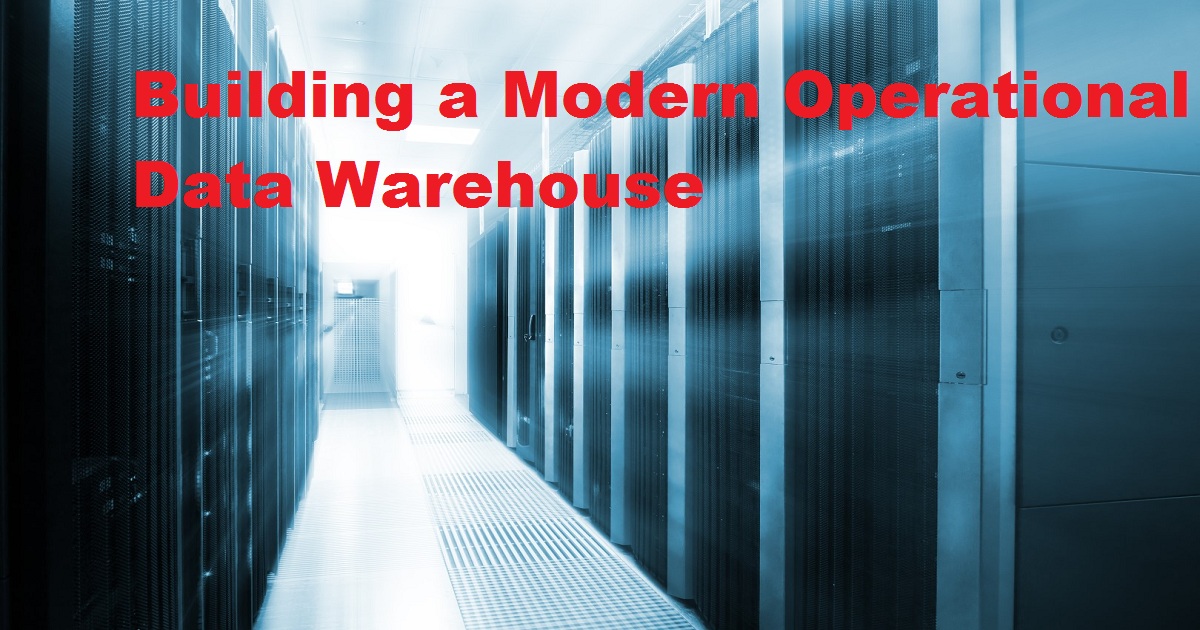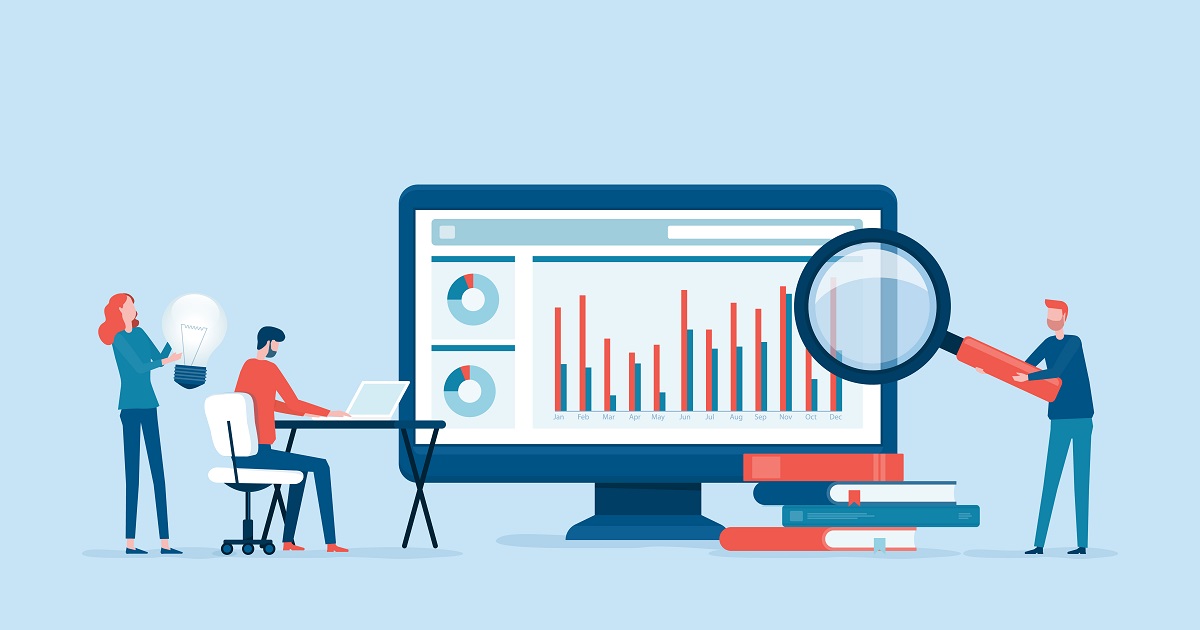
tdwi.org
With data coming from so many different sources nowadays (both old and new, both internal and external), it is inevitable that data will arrive in many different structures, schema, and formats, with other variables for latency, concurrency, and requirements for storage and processing. When data types are extremely diverse and combined, we now call it “hybrid data.” This usually drives users to deploy many types of databases and different platforms to capture, store, process, and analyze the data, which in turn results in hybrid data management architectures.
Watch Now

The ever-growing data landscape drives initiatives to automate many aspects of the analytics lifecycle; such as data access, enablement of semantics, BI and others. Automation has become an integral part of our daily lives in the enterprise data fabric. The AI-driven initiative to automate the data access and provide guidance to the right data assets, correlates with the initiatives of the data scientists to get access to more curated data.
Watch Now

Paxata
commercializing or sharing their data for revenue. Unilog, a global technology company specializing in enterprise e-commerce solutions and product content services in the B2B marketplace, is an example of one company who successfully monetized upstream manufacturing by enriching, cleaning and joining data needed by its customers – using Paxata’s data preparation solution.
Watch Now

analytics8.com
For most companies, data is viewed as a problem instead of an asset. Data is often stuck in systems that dont talk to each other, manual processes affect data quality, and analytics tools arent providing clear insights. But those companies who use their data to drive business strategy are out-performing their competitors. To be more competitive in any industry, you must take advantage of the ever-growing amount of available data and that starts with a Data Strategy. A documented roadmap that clearly defines company goals and the specifics on how to get there will put you on the path towards data driven decision making.
Watch Now